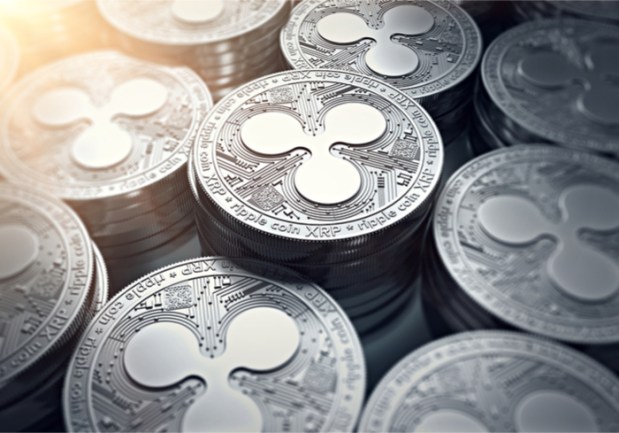Ripple Doesn’t Think Distributed Ledger Transactions Are In Banks’ Near Future

While banks have been investigating and investing in distributed ledger technology (DLT) the team at Ripple does not believe that DLTs are likely to make an appearance any time soon when it comes to processing cross-border payments. Issues around scalability and privacy are still too pointed.
“I will concede, we haven’t gotten there yet,” Ripple’s chief cryptographer David Schwartz said in an interview.
Though much as been made of the blockchain and its associated cryptocurrencies to make international transactions faster and cheaper — and some banks have even tested or deployed Ripple systems for international payments that use a “bi-directional messaging,” which can eventually plug them into DLT — the actual use of a true DLT cross-border is not quite there yet.
Ripple’s product xCurrent has, however, gotten some time in market at some of the world’s biggest banking players. Banco Santander, a Ripple investor, used xCurrent to construct its international money transfer service One Pay FX, which was launched in April. The service has been widely heralded as one of the first up-and-running banking uses of, and hailed as one of the first, “blockchain-based technology.”
Santander has offered no public comment on the platform at this time.
What separates xCurrent from a full DLT is that each party using the xCurrent system does not have access to a shared ledger.
“We started out with your classic blockchain, which we love,” said Marcus Treacher, global head of strategic accounts at Ripple. “The feedback from the banks is you can’t put the whole world on a blockchain.”
Cryptocurrencies and blockchains fall under the larger category of DLTs. These databases are designed to be immutable and maintained by a computer process network, rather than a central authority, and secured by advance cryptographic schemes. Fans of DLT believe it is the future of everything — currency, payments, supply chains, babies — and noted that the shared nature of the ledger is both more efficient and less prone to data discrepancies,.
The problems, according to Ripple’s David Schwartz, is that for all the goo DLTs could do for banks, the technology is not yet widely scalable enough for their needs. However, xCurrent uses an immutable “interledger” protocol, which Ripple says improves on existing payment networks because it offers instant settlement.
“What we hear from many of our customers is that it’s imperative to keep their transactions private, process thousands every second, and accommodate every type of currency and asset imaginable,” Schwartz said. He added that Ripple’s approach is what has enabled it to move beyond testing with banks.
Ripple’s offering is based off its xRapid system, which works with the DLT that powers XRP — the third most valuable cryptocurrency on the market after bitcoin and Ether. Ripple holds a very large share of XRP. There is a big value difference at the top — bitcoin is worth a little over $6,000 a unit, Ethereum is worth almost $500, and Ripple is worth about 52 cents.
However, Ripple has seen its value higher than that — it was part of the late 2017 cryptocurrency boom period that saw bitcoin scraping $20,000 a unit. A boom, experts believe was partly driven by expectations that blockchain technology has a bright future in powering value transfers between financial firms.
That future still looms large — as of today (June 13) xRapid and XRP are not being used by banks. The two more directly blockchain-related products have, however, been recently tested by money transfer companies Viamericas and Mercury FX.
Will blockchain based DLTs change the face of how banks send money back and forth going forward? It’s not impossible — particularly as the SWIFT messaging system has struggled with security and political concerns for the last few years.
As of right now, even the blockchain’s biggest booster over at Ripple seems to agree it has some growing up to do first.
